Basil, Kilimanjaro (Ocimum kilimandscharicum), packet of 30 seeds, organic
$3.95
Family: Mint (Lamiaceae)
Perennial in zones 10 to 12, otherwise grown as a summer annual.
(Not to be confused with “African blue basil” which is a sterile hybrid with Kilimanjaro basil as one of the parents.)
(Camphor Basil) Tender perennial native to East Africa*, flowering light lavender, the flowers somewhat outsized to the plant. These attain a height of 3 feet in the first year in my gardens. When grown in the tropics, the plant may attain a height of 6 feet. In standard culture, Kilimanjaro basil makes first a leggy upright plant that becomes woody-stemmed and rounded with multiple upright racemes as the summer progresses. The aroma is distinctly camphoraceous, the taste of the leaves sharply bitter with camphor. The flowering period is extended throughout the summer, making this an excellent source of nectar for bees and native pollinators. The diverse essential oils produced by the plant help protect the hive from parasites and pathogens. Traditional usage of the tea of the leaves and flowers (African herbalism): colds, coughs, intestinal colic, bronchitis, diarrhea. The fresh or dried herb is also used as an insect repellent (mosquitoes, clothes moths, etc.). Source of camphor, 1-8-cineole, limonene, camphene and other diverse essential oils in smaller concentrations. Extracted and used as an external rub against muscular and arthritic pain. The essential oil is diluted in a carrier oil or the dried leaves are processed as a standard oil infusion, then made into a salve. See “Making Plant Medicine.” Plant prefers full sun and regular garden soil. Will grow larger when given compost and regular watering. It can withstand sandy or clay soils and is drought-tolerant once established. Barely cover seed with soil, tamp and keep warm and evenly moist until germination, which can take up to 3 weeks. Sow in the garden in a fine seedbed, or start in pots and transplant. Space plants 3 feet apart.
30 Seeds/pkt, Certified Organically Grown
*One of the pictures in the gallery, the one with the blue spur flower in the background, depicts the Ocimum kilimandscharicum parent plant in flower, as seen in the wild in the Kenyan Highlands (Nanyuki). Photo Richo Cech, 2009
In stock

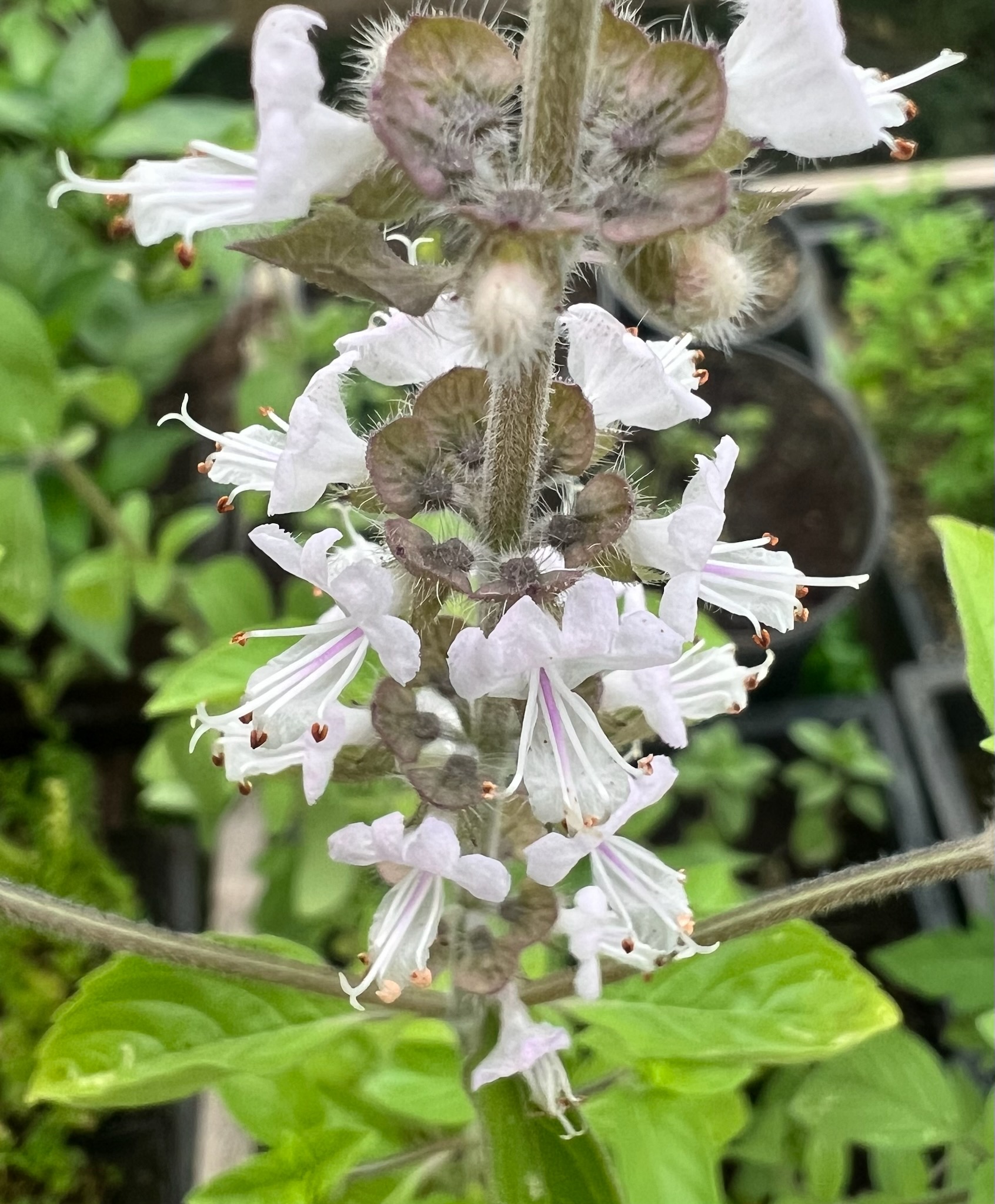
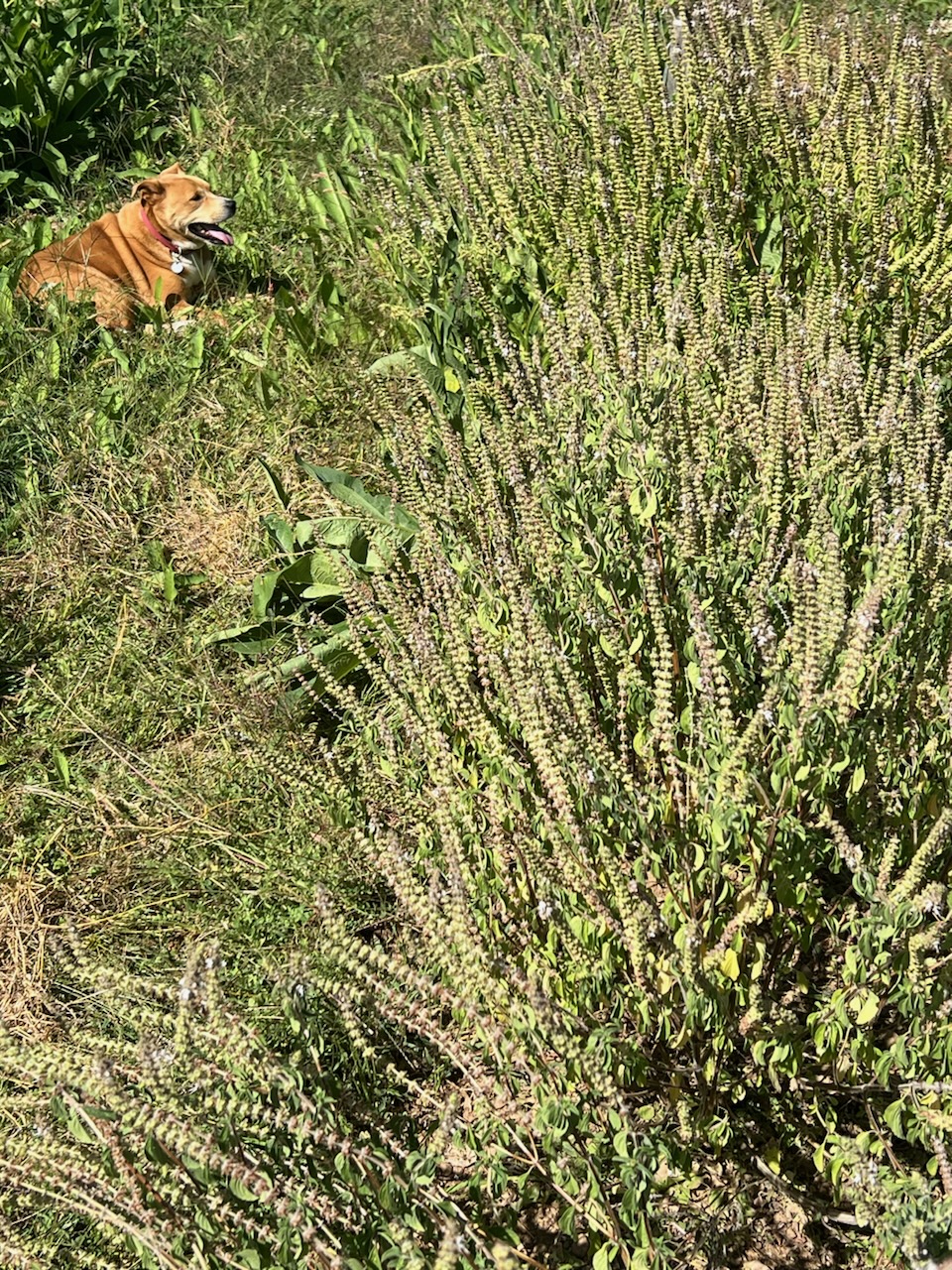
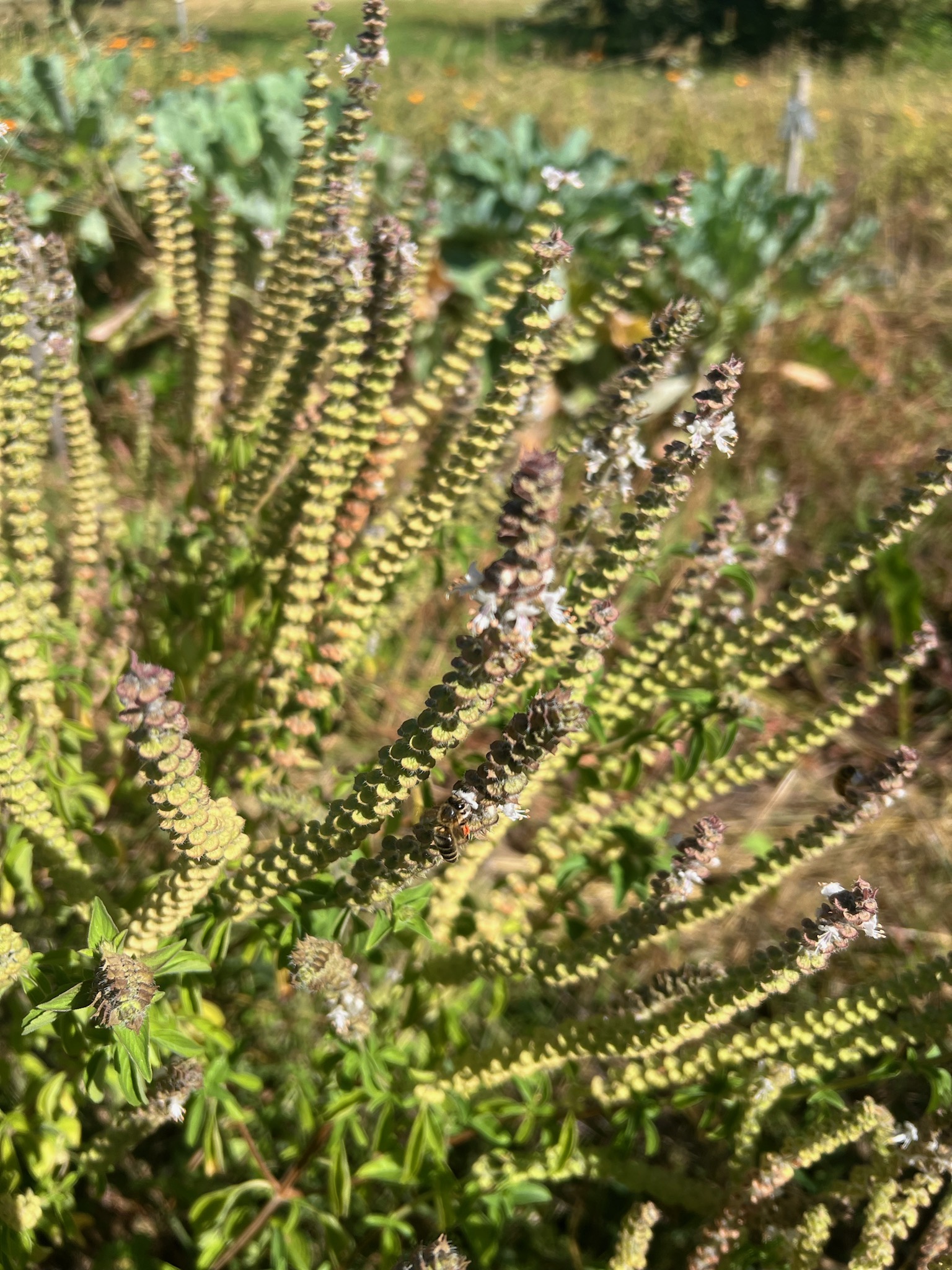
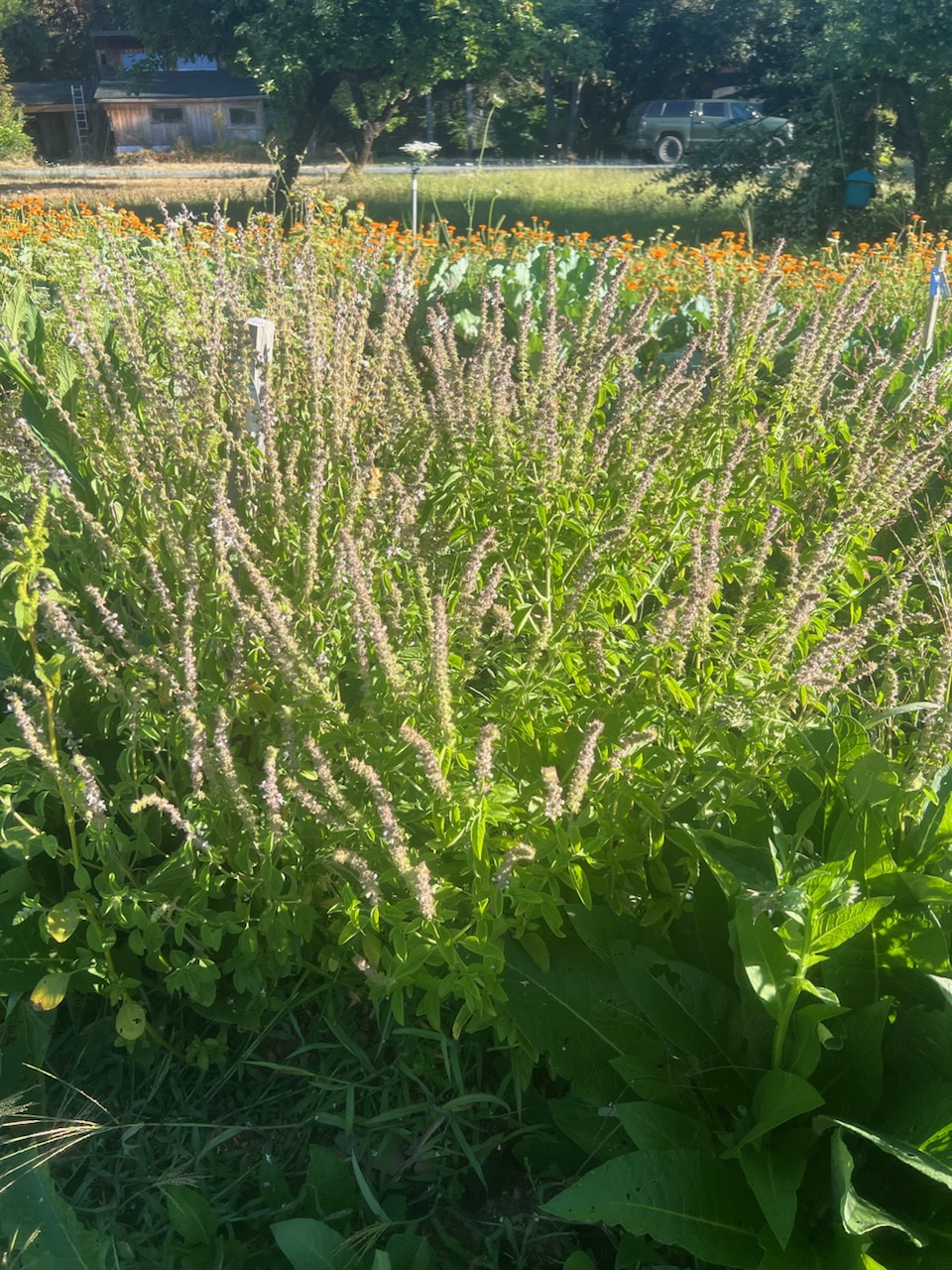
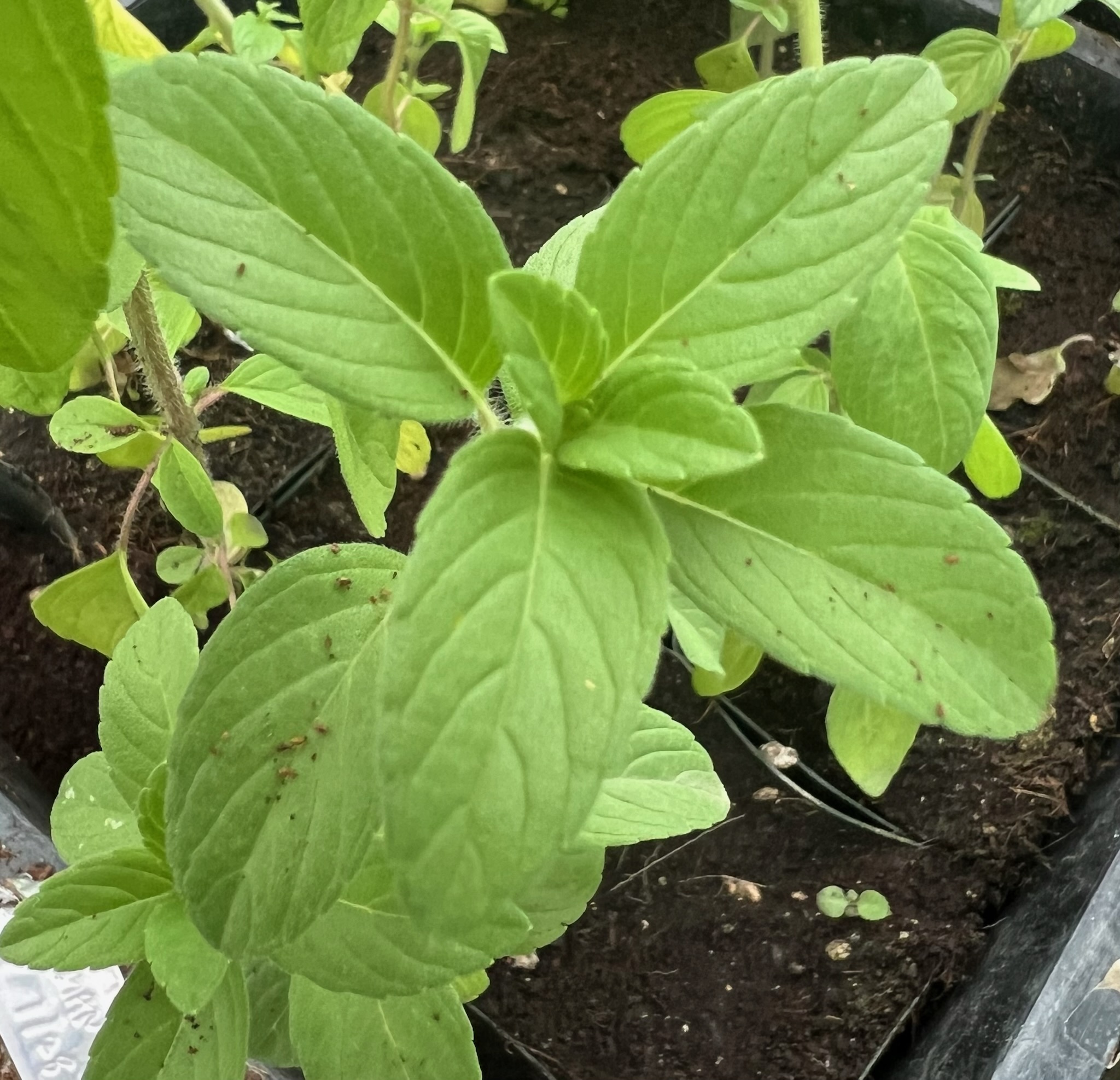
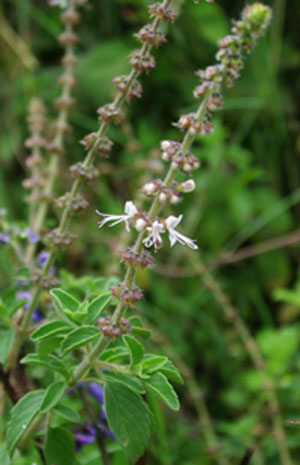
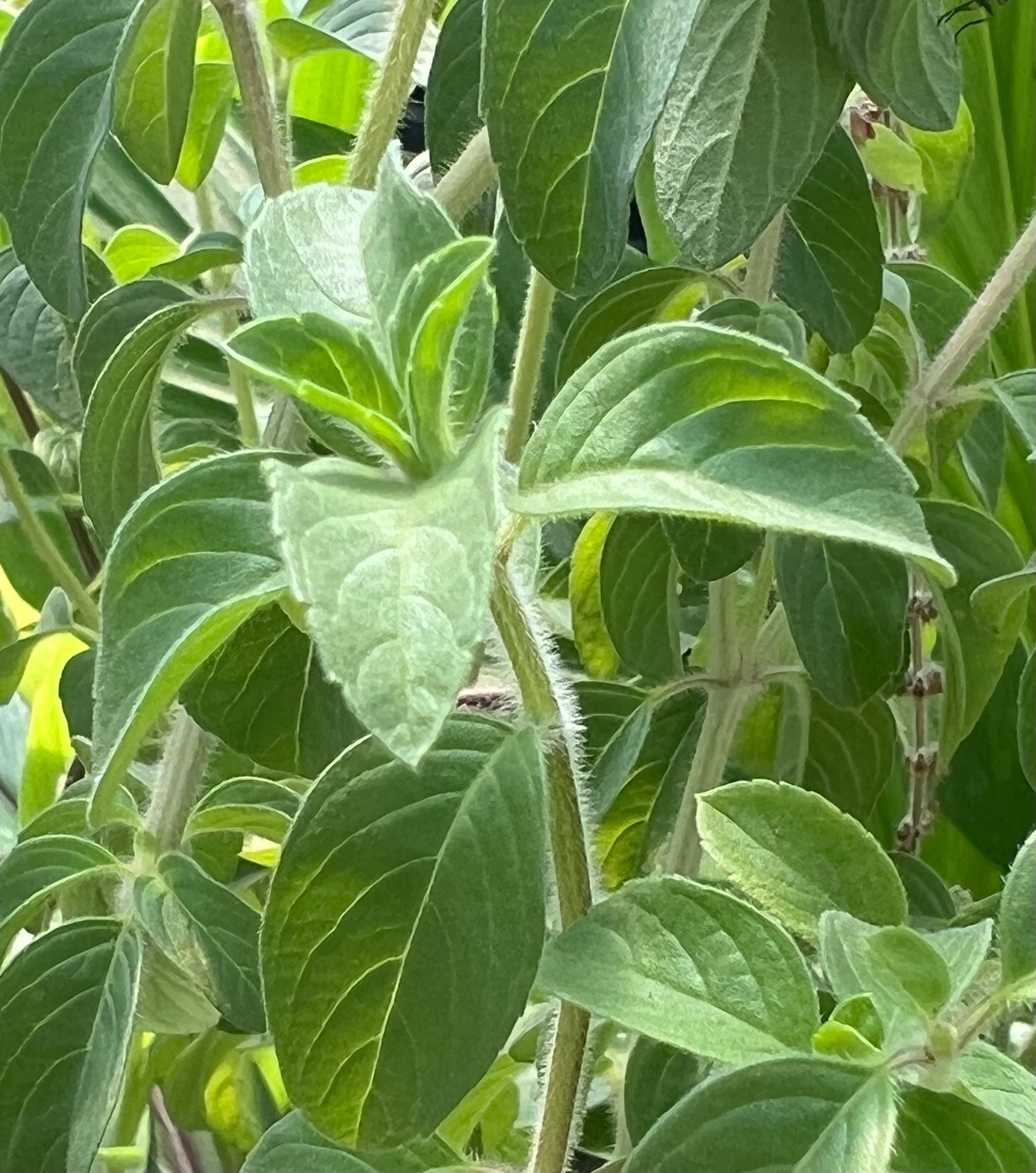
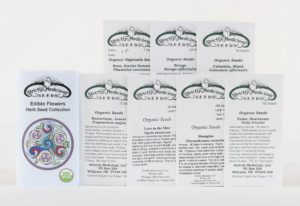
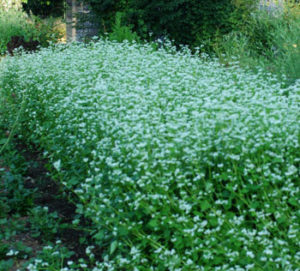
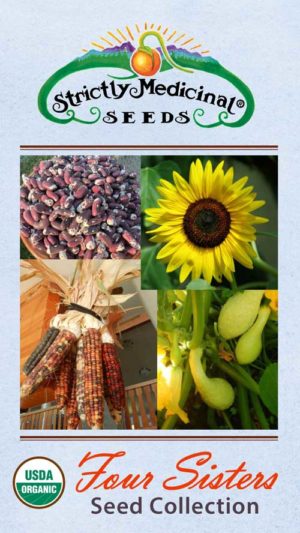
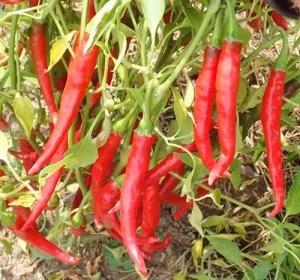
What others are saying
There are no contributions yet.